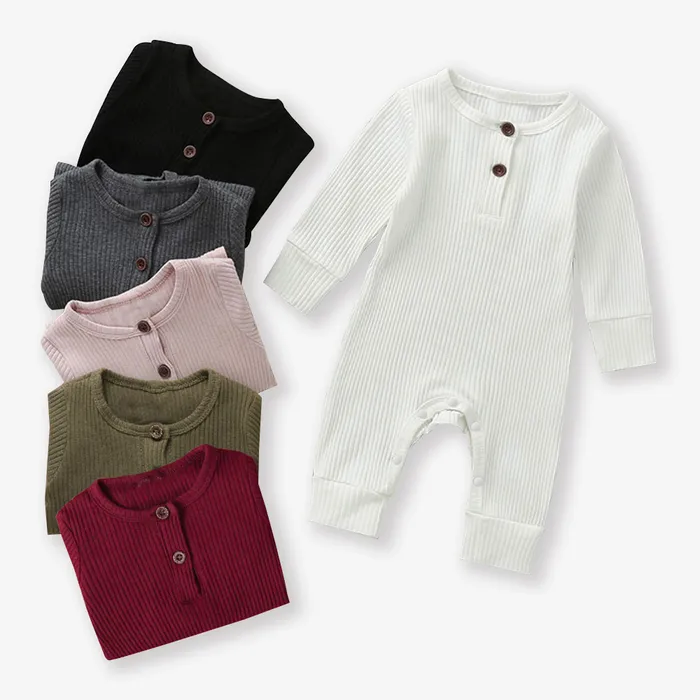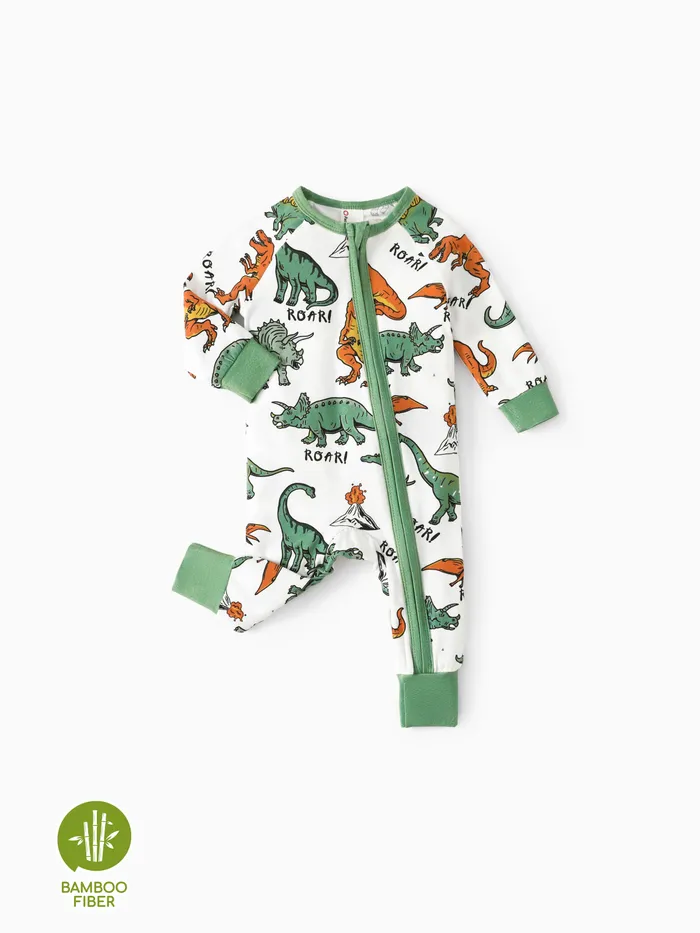This article serves as a comprehensive guide for new parents, outlining the top 10 essential baby clothing items for newborns. Preparing your baby’s wardrobe can feel overwhelming with so many options available. This guide simplifies the process, focusing on practicality, comfort, and safety to ensure your little one is dressed perfectly for every occasion.
Essential Baby Onesies: The Foundation of a Newborn’s Wardrobe

Onesies are the workhorse of a newborn’s wardrobe. These one-piece garments are incredibly versatile, serving as a base layer under other clothing or as a standalone outfit, especially in warmer climates. They cover the torso and diaper area, often featuring snaps at the crotch for easy diaper changes. Onesies are typically made from soft, breathable fabrics like cotton, ensuring your baby’s delicate skin stays comfortable. Different sleeve lengths are available, from short-sleeved for warm weather to long-sleeved for cooler temperatures. Choosing the right size is crucial; newborns grow quickly, so starting with newborn or 0-3 month sizes is recommended. However, it’s wise to have a few in the next size up on hand as well. Consider the season when choosing materials. Cotton is ideal for most climates, while fleece or thermal fabrics might be necessary in colder weather. Onesies come in various styles, from simple and plain to adorned with cute prints and patterns. While style is a consideration, prioritize practicality and comfort. Look for onesies with expandable shoulder openings or envelope necks, which make dressing easier, especially over your baby’s head. Snaps should be secure but easy to fasten and unfasten. Avoid decorations like buttons or ribbons that could pose a choking hazard. Stocking up on a good supply of onesies is essential, as newborns go through multiple changes a day. Aim for at least 7-10 onesies in each size to ensure you always have clean ones available. Washing and caring for onesies is simple; most are machine washable, making them convenient for busy parents.
Cozy Baby Pajamas: Ensuring Sweet Dreams for Newborns

Baby pajamas are designed for comfort and warmth, crucial for a good night’s sleep (for both baby and parents!). These one-piece or two-piece outfits are typically made from soft, breathable fabrics like cotton or fleece. Footed pajamas are a popular choice for newborns, keeping their tiny toes warm and eliminating the need for separate socks. Footless pajamas offer more flexibility as the baby grows. When choosing pajamas, consider the climate and season. Lightweight cotton pajamas are perfect for warmer weather, while fleece or heavier cotton is ideal for cooler temperatures. Look for pajamas with easy access for diaper changes, such as snaps along the inseam or a zipper that extends down one leg. Avoid pajamas with ties or drawstrings that could be a safety hazard. Flame-retardant materials are often used in baby pajamas for safety, but many parents prefer natural fibers like cotton. Organic cotton is a great option for babies with sensitive skin. Sizing is important; pajamas that are too big can be cumbersome, while those that are too small can restrict movement. Newborn or 0-3 month sizes are a good starting point, but having a few in the next size up is always a good idea. Like onesies, newborns go through multiple pajamas a day, so having a good supply is essential. Aim for at least 7-10 pairs of pajamas in each size. Washing and caring for baby pajamas is usually straightforward; most are machine washable.
Gentle Baby Socks: Keeping Tiny Toes Warm and Cozy

Baby socks are essential for keeping those tiny toes warm, especially in cooler climates. Newborns often have poor circulation, so socks help regulate their body temperature. Choose socks made from soft, breathable materials like cotton. Avoid socks with tight elastic bands that could restrict circulation. Seamless socks are a good option to prevent irritation to sensitive skin. Socks come in various sizes, from newborn to infant. It’s important to choose the right size to ensure a snug and comfortable fit. Socks that are too big can easily slip off, while those that are too small can be constricting. Consider the season when choosing socks. Lightweight cotton socks are suitable for warmer weather, while thicker socks made from wool or fleece are better for colder temperatures. Having a good supply of baby socks is essential, as they can easily get lost or soiled. Aim for at least 7-10 pairs of socks in each size. Washing and caring for baby socks is simple; most are machine washable. However, they can sometimes shrink in the dryer, so it’s best to air dry them if possible.
Adorable Baby Hats: Protecting Newborns from the Elements
Baby hats are essential for protecting newborns from the elements, whether it’s the sun, wind, or cold. Newborns have difficulty regulating their body temperature, so a hat helps keep them warm and comfortable. Choose hats made from soft, breathable materials like cotton or fleece. Avoid hats with ties or drawstrings that could be a choking hazard. Hats come in various styles, from simple beanies to cute knit hats with ear flaps. Consider the season when choosing a hat. Lightweight cotton hats are suitable for warmer weather, while thicker hats made from wool or fleece are better for colder temperatures. Ensure the hat fits snugly but not too tightly. It should cover the baby’s head and ears without slipping down. Newborn sizes are usually appropriate for the first few weeks, but it’s a good idea to have a few in the next size up as well. Having a few baby hats on hand is essential, especially if you live in an area with varying weather conditions.
Soft Baby Booties: Adding a Touch of Warmth and Cuteness
Baby booties add a touch of warmth and cuteness to a newborn’s outfit. While not strictly necessary, they can help keep tiny feet warm, especially when worn over socks. Choose booties made from soft, comfortable materials like cotton or fleece. Avoid booties with loose decorations that could be a choking hazard. Booties come in various styles, from simple slip-on styles to those with ties or Velcro closures. Consider the season when choosing booties. Lightweight cotton booties are suitable for warmer weather, while fleece or wool booties are better for colder temperatures. Ensure the booties fit snugly but not too tightly. They should stay on the baby’s feet without slipping off. Having a few pairs of booties on hand can be useful, especially in cooler climates.
Gentle Swaddling Blankets: Providing Comfort and Security

Swaddling blankets are a must-have for newborns. They help recreate the feeling of being held, providing comfort and security. Swaddling can also help reduce fussiness and promote better sleep. Choose swaddling blankets made from soft, breathable materials like cotton muslin or lightweight fleece. Avoid blankets that are too heavy or bulky. Swaddling should be done correctly to ensure the baby’s hips and legs can move freely. There are various swaddling techniques, so it’s important to learn the proper method. Swaddling blankets come in various sizes, so choose one that is appropriate for your baby’s age and size.
Versatile Baby Cardigans: Layering for Changing Temperatures

Baby cardigans are a versatile layering piece that can be added or removed as needed. They are perfect for adjusting to changing temperatures, keeping your baby comfortable without overheating. Choose cardigans made from soft, breathable materials like cotton. Avoid cardigans with loose buttons or decorations that could be a choking hazard. Cardigans come in various styles, from simple designs to more elaborate knits. Consider the season when choosing a cardigan. Lightweight cotton cardigans are suitable for warmer weather, while thicker wool or fleece cardigans are better for colder temperatures. Ensure the cardigan fits comfortably without being too tight.
Comfortable Baby Gowns: Easy Dressing for Newborns
Baby gowns are a traditional and practical choice for newborns. They are easy to put on and take off, making diaper changes a breeze. Gowns typically have an elastic or gathered bottom, allowing for easy access to the diaper area. Choose gowns made from soft, breathable materials like cotton. Avoid gowns with ties or drawstrings that could be a safety hazard. Gowns are often used for newborns in the early weeks, as they are gentle on sensitive skin.
Weather-Appropriate Outerwear: Protecting Baby from the Elements
Depending on the climate and season, weather-appropriate outerwear is essential for newborns. This could include a snowsuit for cold weather or a lightweight jacket for milder temperatures. Choose outerwear made from durable, weather-resistant materials. Ensure the outerwear fits comfortably over the baby’s other clothing. Consider features like a hood to protect the baby’s head and a zipper or snaps for easy on and off.
Soft Baby Mittens: Preventing Scratches and Keeping Hands Warm
Baby mittens are essential for preventing newborns from scratching their delicate faces with their tiny nails. They also help keep their hands warm, especially in cooler climates. Choose mittens made from soft, gentle materials like cotton. Avoid mittens with tight elastic bands that could restrict circulation. Mittens come in various sizes, so choose a pair that fits snugly but not too tightly. Having a few pairs of mittens on hand is essential, as they can easily get lost or soiled.
Wrapping Up: The Perfect Baby Clothes Collection for Your Little One
Building a well-rounded baby clothes collection is essential for keeping your newborn cozy, comfortable, and stylish in every season. From practical onesies and pajamas to adorable booties and cardigans, each piece plays a crucial role in ensuring your little one is dressed appropriately for any occasion. By choosing high-quality, breathable fabrics and selecting the right sizes, parents can simplify daily dressing routines while prioritizing their baby’s comfort and safety. As you embark on this exciting journey, remember that having a variety of essential baby clothes will make life easier, keeping your newborn snug, happy, and picture-perfect every day.
















Leave a Reply